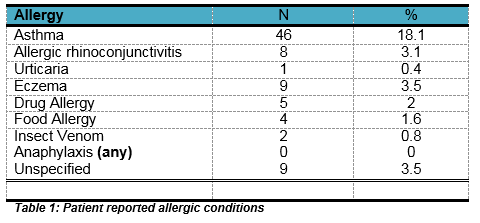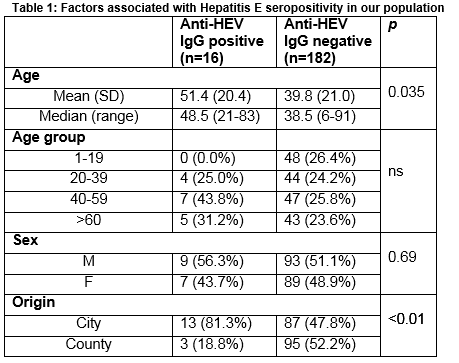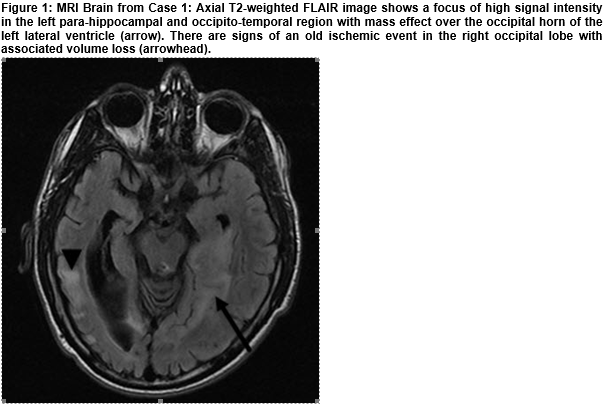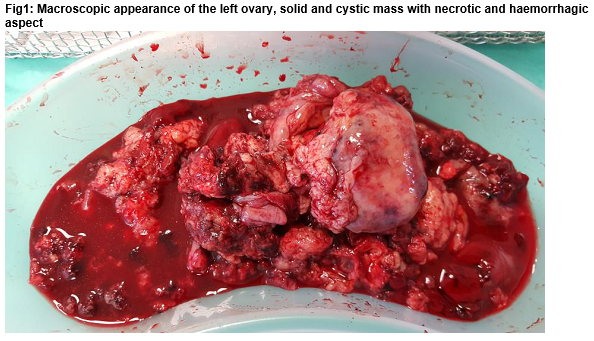In This Month’s IMJ September 2016
The Prevalence of Grass Pollen Related Allergic Rhinoconjunctivitis in Elite Amateur Athletes
Grace et al performed skin prick testing to 6 aeroallergens on 254 GAA players. Twenty two per cent were allergic to house dust mite and 16.5% were allergic to grass pollen.
p448
________________________________________________________________________________________________________
Uptake of the Influenza Vaccination in Pregnancy
Crosby et al in a study of 504 pregnant mothers found that 197 (39.1%) received the ‘flu vaccine at a mean gestational age 20.9 weeks. The authors discuss strategies that would increase uptake.

p449
________________________________________________________________________________________________________
A Quality Improvement Approach to Reducing the Caesarean Section Surgical Site Infection Rate in a Regional Hospital
O’Hanlon et al introduced a combination of skin antisepsis and antibiotics to reduce caesarean section surgical site infection (SSI). The current SSI rate has decreased to 7.5% (2015) compared with 8.6% (2014).
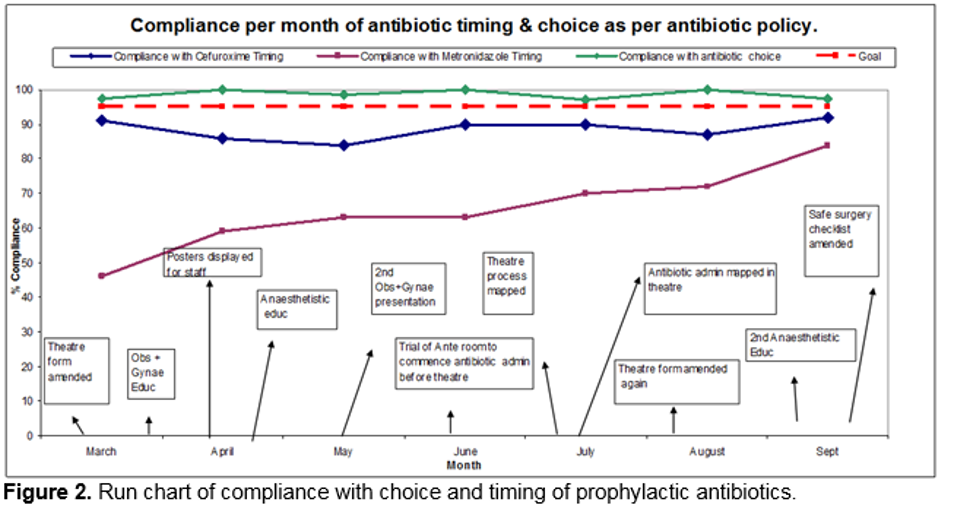
p450
________________________________________________________________________________________________________
Hepatitis E Virus (HEV) infection in Ireland
Hickey et al studied the prevalence of hepatitis E among routine blood samples. The anti HEV IgG positive rate was 8% (16/198). The highest rate 43.8% was encountered in the 50-59 year old age group. The authors recommend that all patients with unexplained acute hepatitis should be tested for HEV.
p451
________________________________________________________________________________________________________
Can ‘Hot Spotting’ Prove to be a Useful Tool to Identify Disproportionate ED Use in the Rural General Hospital Setting?
McGovern et al point out that ‘hot spotting’ allows the identification of areas with disproportionate use of ED services. The number of frequent users ranged from 1.00/500 to 4.88/500 population. Four out of 19 areas had >4 frequent users/500. The findings help to identify areas that need increased healthcare resources.
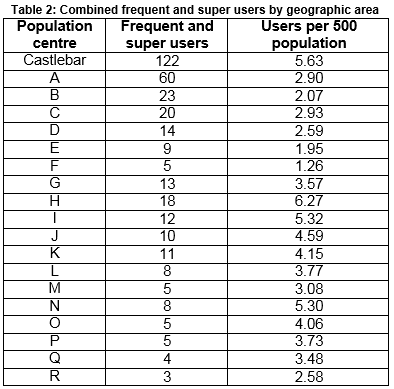
p452
________________________________________________________________________________________________________
Ketamine: Future treatment for Unresponsive Depression
Frere and Tipper describe the role of Ketamine in the treatment of depression. Its role is in the management of treatment resistant depression. One of the reservations is its potential for misuse and dependence.
p453
________________________________________________________________________________________________________
MELAS (Mitochondrial Encephalopathy, Lactic Acidosis, Stroke) a Diagnosis Not to be Missed:
Quinn et al describe 2 males with MELAS. Both children had stroke like episodes. L-Arginine during these episodes can reduce cerebral damage.
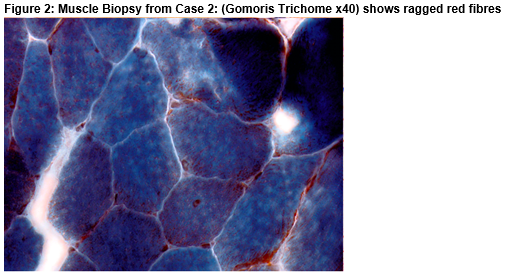
p455
________________________________________________________________________________________________________
Ovarian Small Cell Carcinoma Hypercalcaemic Type: A Case Report.
Rahma and Abbas describe a case of small cell carcinoma of the ovary, hypercalcaemic type. It is highly malignant with a 10% five year survival rate.
p456
________________________________________________________________________________________________________
Are Adults Attending Their GPs Able to Check Their Own Weight?
Crickmer et al found that among 98 obese patients a total of 59 of them did not self-weigh. The authors urge that there should be public health messaging to promote self-weighing.
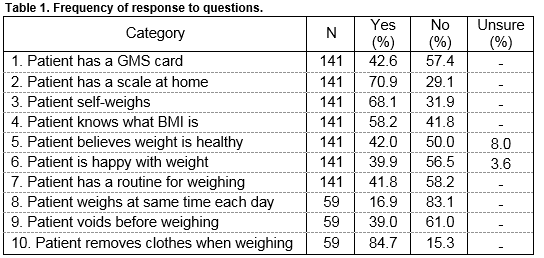
p457

